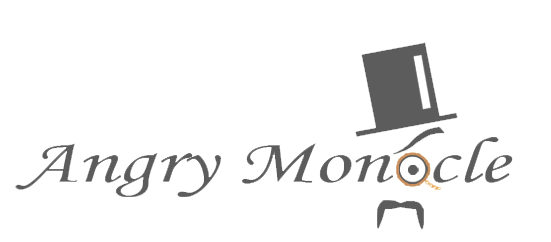The Belgian IPA is a new style, but one that is immediately appealing to those beer drinkers who wish to have as many intense flavors in their beer as possible. Jack and I have tried several commercial examples of the style. Jack is a big fan of Stone's Cali-Belgique, which I haven't tried, and we've had more mixed impressions of New Belgium's Belgo IPA and Terrapin's Monk's Revenge. Both of them, especially Monk's Revenge, I found to be overly sweet.
We therefore decided to include a small amount of adjunct to this beer, namely one pound of sucrose, in order to dry it out further. The hop and malt bill, then, ends up being quite similar to that of a dry double IPA like Pliny the Elder. An alternate strategy we might have taken would be to use the malt bill of a triple, which would mean adding more adjunct and cutting out the crystal malt. I expect that this is how Belgian brewers make Belgian IPAs, but I have never had a Belgian Belgian IPA. Another possible choice is the form of adjunct. American brewers generally use corn sugar (dextrose) Belgian brewers use beet sugar (sucrose), and we use cane sugar (also sucrose). British brewers, incidentally, use maltose. It's generally a "use whatever you have" kind of choice. It's not clear whether there's any real flavor difference between these refined sugars, though they might affect yeast metabolism.
For yeast, we used WLP500, a Belgian yeast we've never tried before. It's reputedly from Chimay, and is supposed to be very estery.
Batch size: 5 gallons
Boil volume: 3 gallons
Calculated OG: 1.073
Measured FG: 1.015
Estimated ABV: 7.7
Calculated IBUs (Tinseth): 45 (another victim of the bug in our IBU calculator)
Pitching Temperature: 72F
Yeast: WLP500
Starter: 2.5 liters
Fermentation vessel: Better Bottle
| Ingredients |
| Malts Mashed | Amount | % | Max Pts. | Color |
| Crystal 10 | 1 | 11% | 35.00 | 10.00 |
| Other Fermentables | Amount | % | Max Pts. | Color |
| Cane Sugar | 1 | 11% | 46.00 | 0.00 |
| DME | 7 | 78% | 42.00 | 2.00 |
| Total | 9 | 100% | 375.00 | 4.80 |
| Hops/Additions | Amount | Time | AA% | IBU's |
| Centennial | 0.5 | 60 | 10.3% | 26.60 |
| Amarillo | 0.5 | 60 | 8.2% | 21.18 |
| Centennial | 0.5 | 20 | 10.3% | 16.11 |
| Amarillo | 0.5 | 20 | 8.2% | 12.83 |
| Centennial | 1 | 0 | 10.3% | 0.00 |
| Amarillo | 1 | 0 | 8.2% | 0.00 |
This beer took almost 48 hours to start fermenting, which is a bit troubling, but it fermented strongly once it started.
Forgot to add the cane sugar. Added 8/3 and the wort was swirled to get the sugar into solution. Gravity before adjunct was 1.019, a little high, and it tasted real hoppy. Since adding the adjunct, the airlock has been bubbling consistently. Adding adjunct helped to lower the final gravity of the Golden Bear, and hopefully it will do the same here. It has not been dry hopped, for better or worse.
Bottled 8/12/11 with plain red caps.
Lee: I initially considered this beer a failure, as the hops did not come through enough to justify it as a Belgian IPA, but it was too bitter and not dry enough to be a tripel. Over time, however, the beer has evolved into something I can stand behind. The Chimay yeast produced intense flavors of plum and pear, especially in the aroma, with some citrus fruit from the hops in the background. It does, however, continue to suffer from being not dry enough, with a slightly cloying sweetness that, admittedly, might be pleasant to some.
Jack: In the future, I'd like to continue to play with the hops. We went with hops all noted for their citrus, fruity character, and that didn't work out that well with the Belgian yeast. It has grown better as the hops have faded. Hops with a spicy or herbal character might be a better match.
